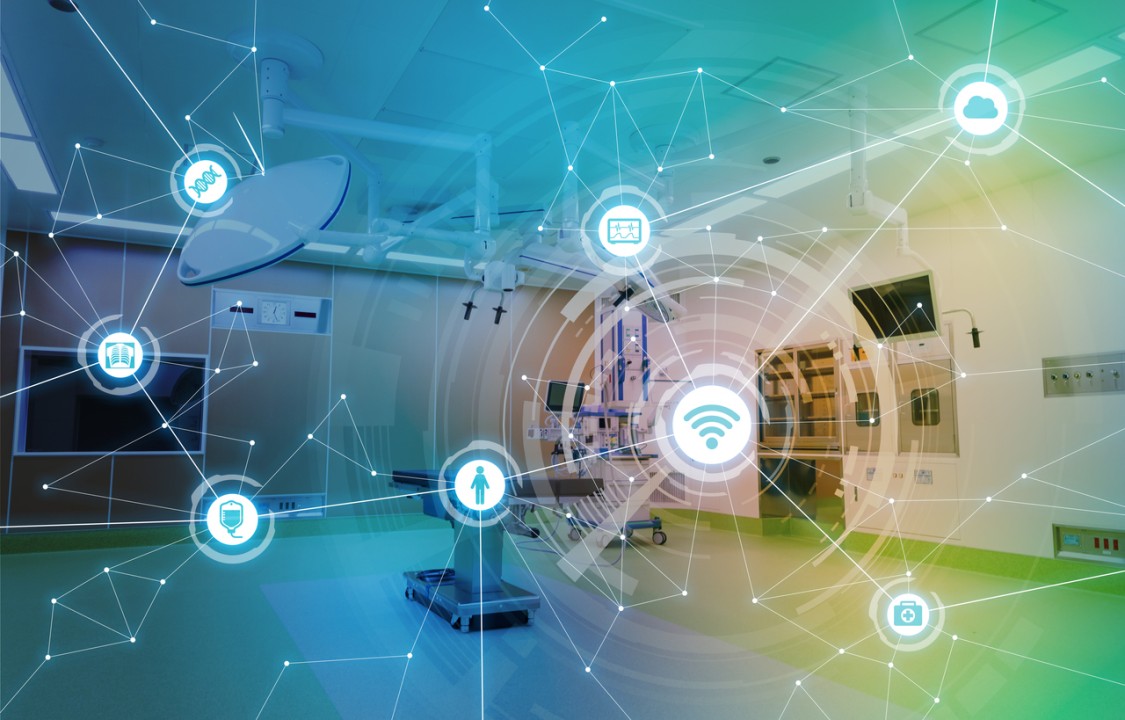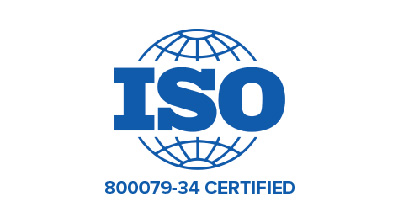Hospitals are getting smarter. By integrating and adopting digital systems designed for safety, patient care, and the efficient management of personnel, facilities, information, and equipment, many hospitals are streamlining and refining their existing operations. Smart hospitals are developing around the world. Healthcare systems willing to keep pace with the accelerating pace of technology are being rewarded.
Smart hospitals marry tech with existing services to enhance capacity and sharpen results. Human insights can be greatly improved by efficient data-driven environments. Employing strategic data collection and predictability analysis can strengthen patient security, outcomes, and overall experience. Digital recordkeeping and AI-equipped transcription saves time and allows for a comprehensive and reliable transfer of information. The automation of menial tasks from maintenance to filing can give workers the freedom to accomplish skilled and necessary work.
Healthcare improves when partnered with good tech. The evolving relationship between the providing client care in urgent and critical situations and the need for sophistical tools and solutions is nothing new. In the contemporary world, many hospitals face a constant push/pull of demand and supply.
Supply and Demand
Clients expect digital solutions informed by existing research and designed to lower margins of error. Clinical staff and administrators have pressing needs for information, locations of people and items, and efficiencies in transferring and receiving patient records. At the same time, advances in the possibility of technology have created enormous possibilities in the ability of digital systems to create cohesive, connected environments.
Many smart hospitals rely on Real-Time Location Systems (RTLS) as an important component of human resource, client services, and inventory systems. Adopting digital communication networks that transfer real-time information can be a gamechanger. The value provided can enhance productivity, measurably improve worker safety, and enhance personnel and resource management .
The Value of RTLS
RTLS increases productivity through a variety of means in smart hospital settings. The introduction of highly efficient digital wayfinding systems eases confusion and the expensive “time suck” of late and missed appointments by increasing the efficient movement of staff through hospitals and patients to providers, while decreasing stress and frustration for front-line staff.
If conflict does arise for doctors, nurses, and support staff, RTLS services can provide early alert systems to head off escalation. A network of communication and notification systems can identify and assist clients if they are lost or in distress. Auto-locking doors reduces the risk of wandering for patients with dementia and allows for the protection of vulnerable infants and toddlers.
Internet of Things (IoT)
Ensuring safety for the most vulnerable of people and items is a strength of RTLS equipped hospital systems. Personnel, clientele, and resource management can be deepened and improved using identification tags connected to the Internet of Things (IoT). Security systems that have been intertwined with digital services allow for strong and far-reaching inventory and location infrastructure.
The need for innovative digital and technological solutions within smart hospitals is evergreen. Healthcare providers, workers, and managers require the best possible tools within the tightest operational structure to allow them to provide the best possible care.
As hospitals grow smarter, their outcomes get better—which is good news for everyone.

